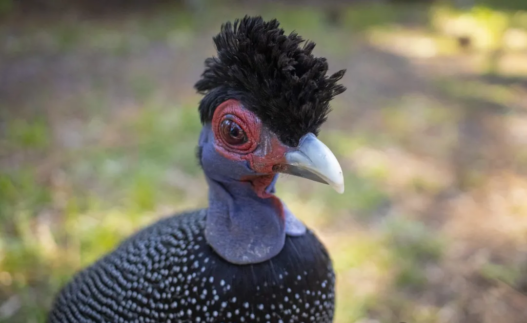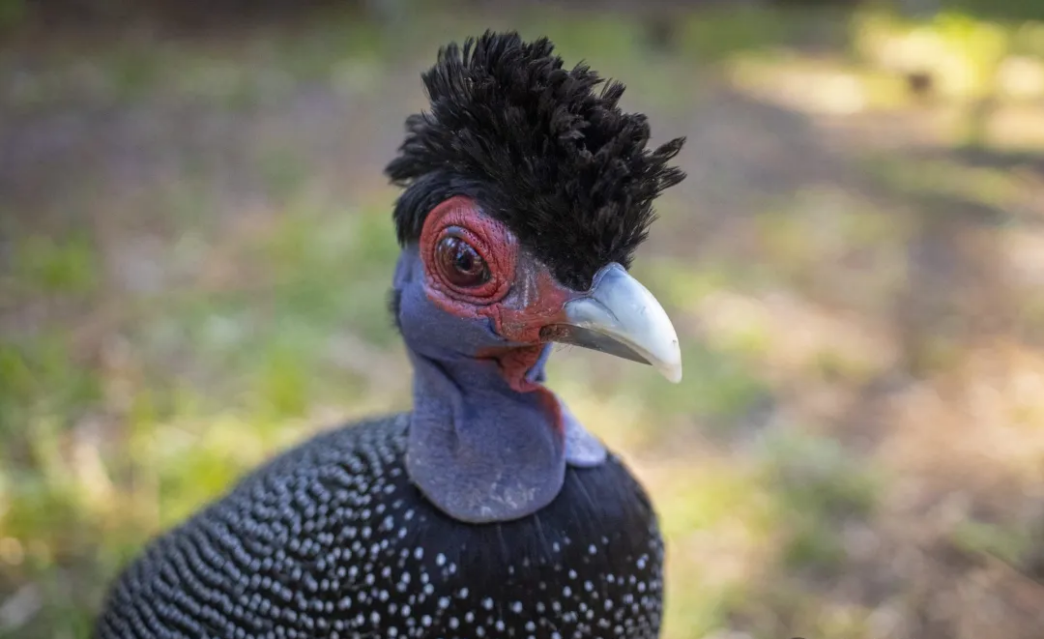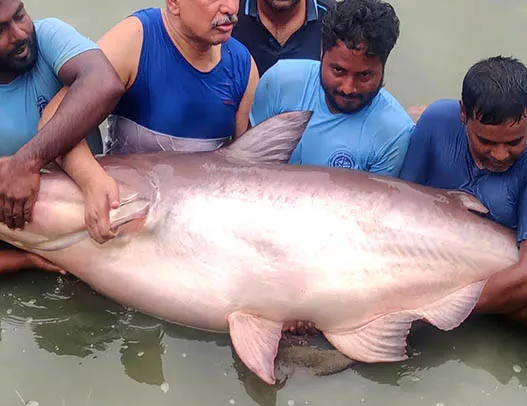As Christmas approaches, many people are preparing their traditional turkey feast. But there’s something odd about the name “turkey.” What’s in a name, you ask? Well, it turns out there’s a bit of confusion around this bird, and it’s all due to its varied names across different languages.
For instance, in English, it’s called “Turkey,” but in Portuguese, it’s “Peru,” and in French, it’s “Dinde.” Interestingly, many of these names trace their origins back to India, even though the bird isn’t originally from there. In fact, even Turkey itself is caught in the name game. And if you want to get really specific, Germans call it “Truthahn,” which doesn’t link to any particular country.
Let’s take a closer look at the history of how this name confusion came to be.
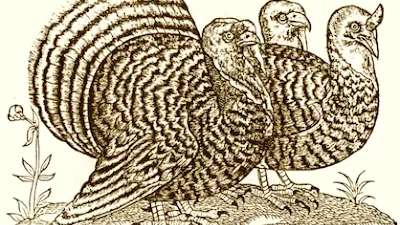
The Origin of Turkey and Guinea Fowl Confusion
Turkeys are native to the Americas. When Spanish explorers first encountered the bird, they mistakenly thought they had arrived in India, which led them to name it Pavo de Indias (Indian Peacock). A few decades later, explorers, including Amerigo Vespucci, recognized that they were not in India at all, but in a new land that would later be named the Americas.
Realizing their mistake, the Spanish shifted their approach. They established a colonial outpost in South America, known as the Viceroyalty of Peru. This was the Peru that covered most of South America, not the modern, landlocked Peru. Once the colony was set up, Spanish colonizers renamed the bird “galinha do peru,” or “Peruvian chicken.”
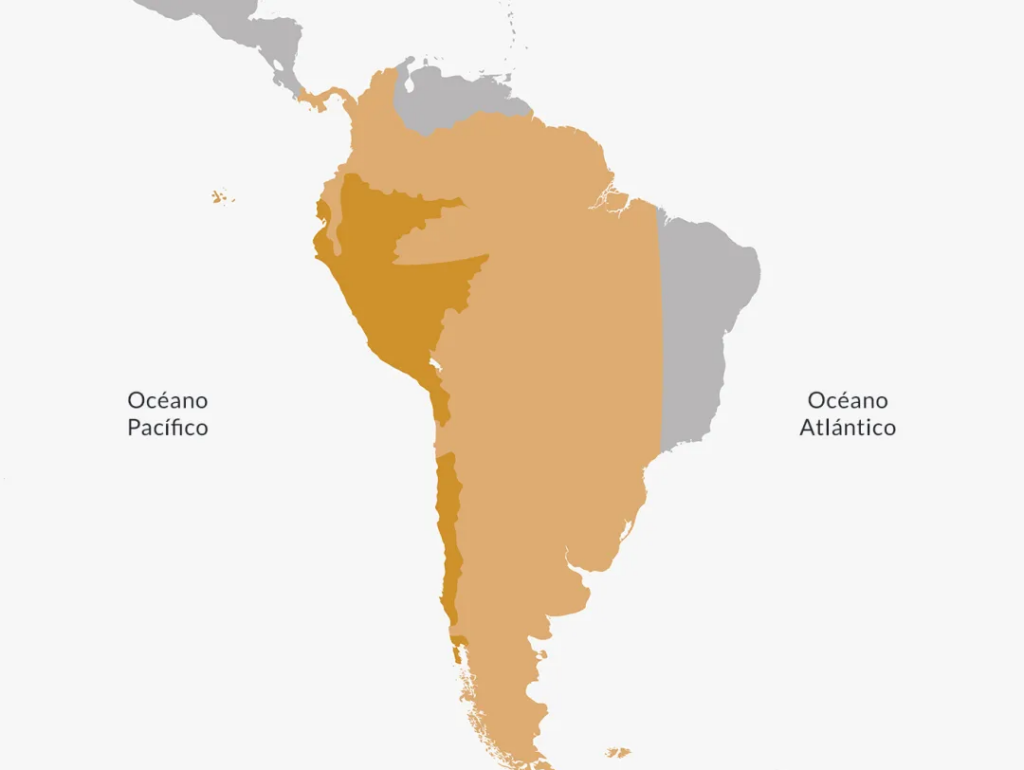
It didn’t take long for the Portuguese, who first encountered the bird, to adopt the same name for the turkey, calling it “Peru Chicken.” By the mid-16th century, Portuguese and Spanish explorers brought turkeys back to Europe, setting the stage for even more confusion.
Enter Guinea Fowl
At the same time, another bird, the guinea fowl, was causing its own brand of confusion. This bird, native to sub-Saharan Africa, was known for its distinctive look and its tendency to stay alert and wary, making it hard to domesticate. In the 15th century, as the Ottoman Empire controlled the Mediterranean and European trade routes to Asia, Portuguese sailors found the guinea fowl in West Africa. However, their primary goal was still to reach India for spice trade, so they took the bird along, naming it after Guinea.
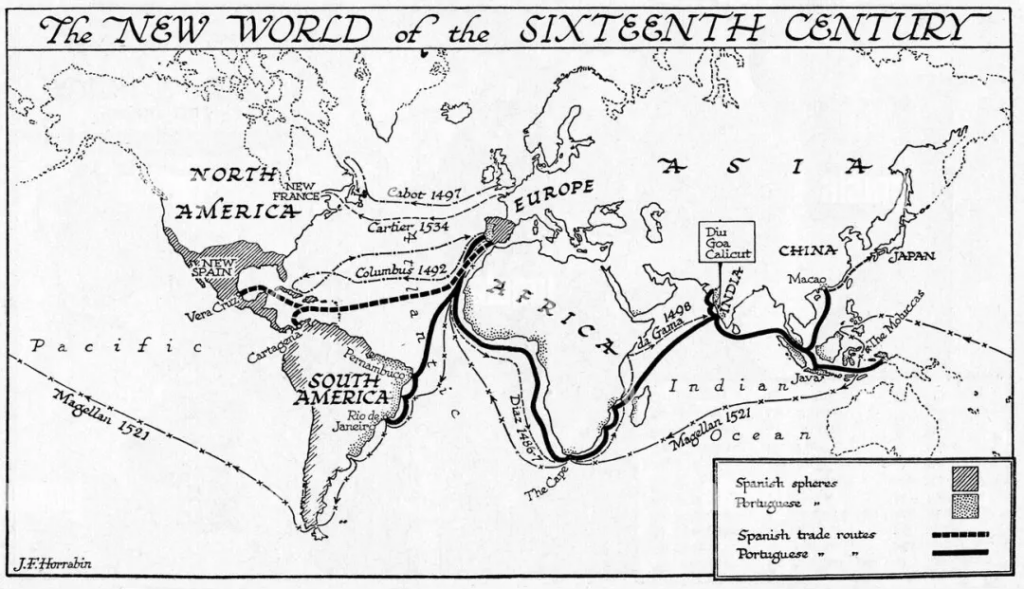
Eventually, as the Portuguese carried the guinea fowl to India, the Indians also called it a “Guinea chicken.” From there, things got even more mixed up.
The Great Turkey and Guinea Fowl Identity Crisis
When Portuguese and Spanish ships loaded with spices and guinea fowl returned to Europe, the people were confused by these strange birds. The crew members, unfamiliar with the bird’s true origins, were asked where it came from.
“Where did you get these birds?” one person asked. “I don’t know,” replied a crew member. “I’m just a sailor.” “Well, where did your ship come from?” “India, from Calicut.”
“Ah! Let’s call it the ‘Indian chicken!’” suggested the French, Italians, Slavs, and Jews. “No, I’ve heard of this bird being from Calicut!” argued the Dutch, Swedes, and Finns. But here’s the kicker: the Ottoman Turks, who had also encountered the guinea fowl in Africa, introduced it to Europe much earlier. They had even marketed it as an exotic bird for the European elite.
Thus, the British, with their traditional fondness for calling things by their own twist, dubbed the bird “Turkey chicken.”
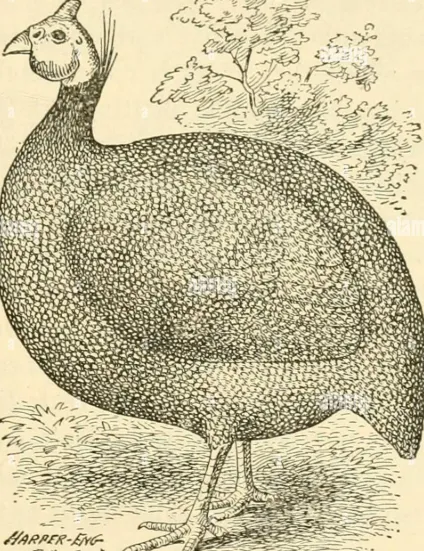
A Case of Mistaken Identity
The wild confusion didn’t stop there. In Europe, guinea fowls were exotic, often kept as ornamental birds. When the Spanish brought turkeys back from the Americas, the confusion became even worse. People who had seen guinea fowl began calling the turkey “Indian chicken,” while others, believing they were seeing a bird from the Mediterranean, called it “Turkey chicken.”
By the time Shakespeare’s plays hit the stage, the confusion had reached epic proportions. In Henry IV, Part 1 (Act 2, Scene 1), the guinea fowl was even referred to as a turkey!
The Aftermath: The Turkey Takes the Spotlight
This naming confusion persisted until the late 17th century when Europe slowly began to clear things up. Still, thanks to the turkey’s adaptability and easy domestication, it became more common across Europe. The guinea fowl, though less common, was still mostly relegated to the role of an exotic bird in certain European circles.
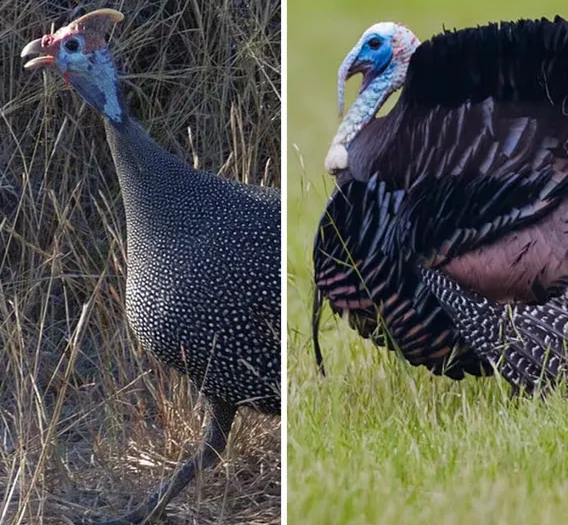
What’s most fascinating is that despite the confusion, the names of the guinea fowl (Indian chicken, Calicut chicken, Turkish chicken) ended up being associated with the turkey, thanks to its widespread presence in Europe. The guinea fowl, on the other hand, was often referred to as the “spotted chicken” or “pearl hen,” especially in Germany, where it’s called Perlhuhn (pearl hen in German).
Interestingly, in Turkey, the naming situation is just as confusing. The Turkish call the turkey Hindi, meaning “Indian chicken,” while they call the guinea fowl Beç Tavuğu, meaning “Belgian chicken.”

Conclusion
What began as a simple misidentification of birds turned into a long-standing confusion that still persists today. Whether you’re calling it a “turkey,” “Indian chicken,” or even “turkey chicken,” the bird’s identity is one of the more curious mix-ups in history. It’s a story of global exploration, colonial history, and culinary miscommunication that is still being unraveled.







